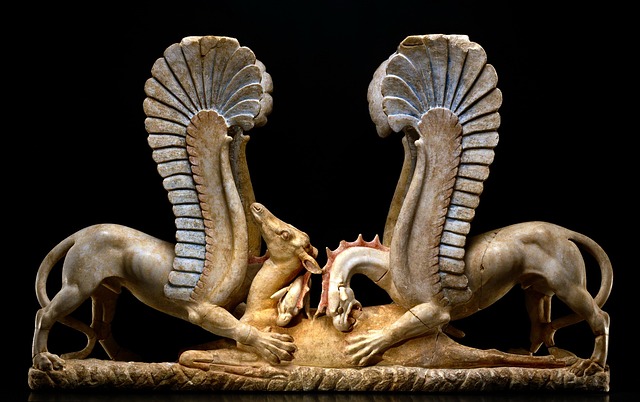Sculpture Spotlight: Exploring the Art of Bas-Relief in Fine Arts and Culture
In the expansive world of sculpture, few techniques evoke a blend of intimacy and grandeur quite like bas-relief. This captivating art form, characterized by its shallow depth and intricate detail, invites viewers to engage with the narrative it offers, bridging the gap between mere aesthetics and profound storytelling.
Historically, bas-relief has served as a vital medium in both fine arts and culture. From the awe-inspiring stone carvings of ancient civilizations to contemporary installations, this technique has adapted and evolved, reflecting societal values and cultural narratives across centuries. The subtle yet impactful way it captures light and shadow plays with perceptions, making the figures within bas-relief artworks feel almost alive. Every contour and detail works harmoniously to create a rich tapestry of visual stories waiting to be discovered.
In fine arts, the emotional resonance of bas-relief is unparalleled. Artists skillfully carve depths that are barely there, allowing viewers to become part of the work itself. Whether it is a depiction of mythological scenes, historical events, or everyday life, the shallow relief of the figures develops a unique engagement that pulls you into its world. This level of detail demands attention and interpretation, inviting onlookers to delve into the nuances of the piece and find personal connections.
The cultural significance of bas-relief cannot be overstated. It has the power to encapsulate the essence of a community—its beliefs, struggles, and triumphs. Many cultures have employed this art form as a means of commemoration, creating public pieces that both celebrate and educate. From ancient temples adorned with intricate stories of creation and deities to modern public art installations that address social issues, bas-relief continues to play a crucial role in the collective conscience.
As we explore the art of bas-relief, we find its impact in various venues, from museums to urban landscapes. Artists today are reinterpreting this age-old technique to explore contemporary themes, making it accessible and relevant to current audiences. The tactile nature of bas-relief invites viewers to experience art not just visually, but through touch and movement, leading to a fuller understanding and appreciation of the message conveyed.
In essence, bas-relief represents a unique intersection of artistry and humanity. It captures the very spirit of storytelling within its textured canvases, encouraging us to reflect on our shared histories and cultures. In this way, the art of bas-relief will undoubtedly continue to inspire and push the boundaries of how we perceive and engage with sculpture in both fine arts and our everyday lives.



